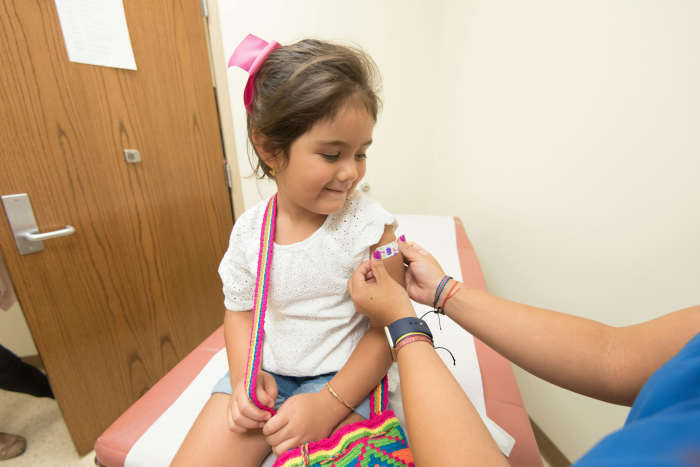Smallpox, one of history’s most devastating viral infections, caused severe fever and an unmistakable skin rash. By the early 20th century, smallpox outbreaks wreaked havoc, with the virus claiming the lives of 3 out of every 10 infected individuals. Survivors often bore lifelong reminders of their struggle, with scars frequently etched into their faces.
The variola virus was responsible for this highly contagious and deadly disease. In response, scientists developed a groundbreaking vaccine using a live virus called vaccinia, closely related to variola but not capable of causing smallpox. The vaccine spurred the immune system to produce antibodies capable of fighting off smallpox.

Photo Credit: Pexels
Thanks to this medical breakthrough, smallpox was declared eradicated in the early 1950s, a feat so monumental that routine vaccinations in the United States ceased in 1972. Today, only those working in high-risk environments, such as labs handling the virus, receive the vaccine.
A smallpox vaccine scar is a unique mark left at the site of vaccination. Typically, it appears as a small, round or slightly oblong indentation, often smaller than a pencil eraser. For some, the scar may be larger and raised due to a stronger immune response during the healing process.
Unlike modern injections that use thin needles to deliver fluid, the smallpox vaccine required a more invasive technique. Healthcare providers used a bifurcated needle — a tool with two prongs — which they dipped into the vaccine solution before repeatedly jabbing the needle into the skin. This method caused a noticeable injury, prompting the body to create scar tissue as it healed.
The live virus in the vaccine triggered a powerful immune reaction. As the body worked to fend off the virus, the injection site would scab over, often becoming itchy and sore. Eventually, the scab would fall off, leaving behind a pockmark-like scar as evidence of the body’s defense mechanisms.





